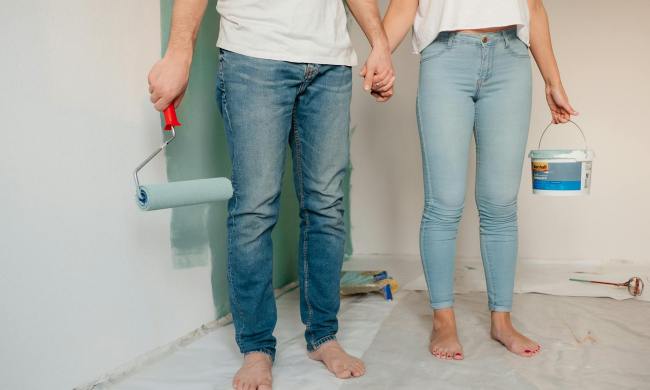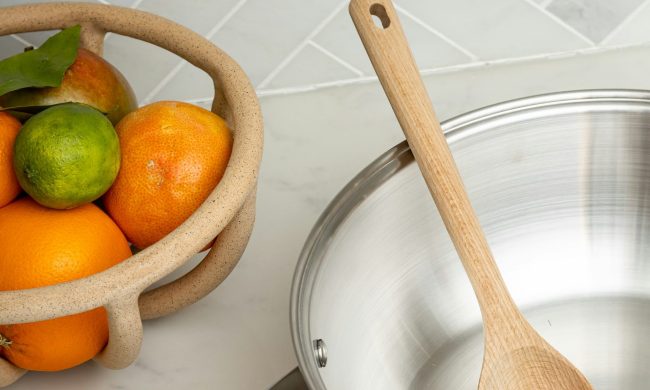Whether you travel once a month or once a year, packing can feel like a frustrating process. Packing a suitcase may seem like a no-brainer, but anyone that’s had to pay overweight baggage fees, or clean up a messy spill inside their suitcase might disagree. Trying to fit a week’s worth of clothes into a small bag is no small feat, but you can make it easier on yourself with a few helpful tips. Before you load up the car and head to the mountains or the airport, learn how to pack like a pro.
 The best way to pack a suitcase
The best way to pack a suitcase
Always start by making a packing list a few days before you are scheduled to travel. This will give you a chance to pick up any missing supplies, and it will also give you some time to edit your list should you remember any items you forgot to jot down the first time around.
When you’re ready to pack, lay out everything you’re planning to bring in one spot. As you start to fill the suitcase, place the heaviest items at the bottom, balancing the bulky pieces on both sides to keep it balanced when standing upright.
As you’re packing, take advantage of every square inch that might otherwise go to waste. For example, the empty space inside your shoes is a great place to stash your deodorant, travel-size shampoo and conditioner, or rolled-up socks. Speaking of toiletries, rather than grabbing new travel-size bottles of your favorite lotions and hair gels, purchase a reusable travel bottle kit and simply fill them with your regular-size products. It saves money and reduces the amount of wasteful plastic.
Take advantage of interior pockets and use them to house smaller necessities like undergarments, costume jewelry (never pack expensive jewels in checked luggage), and non-essential first aid kits filled with aspirin, cotton swabs, bandages, and small tissue packs.
In your suitcase’s exterior pocket, pack a collapsible umbrella, antibacterial wipes (remember to wipe down remotes, light switches, and doorknobs when you arrive at your hotel or guest house), a foldable beach tote, and an empty plastic bag to hold dirty laundry.
 The best way to pack clothes
The best way to pack clothes
When it comes to packing clothes, people often fall into one of two categories: rolling clothes or folding them. You don’t have to pick between the two, as a combination actually works best.
- Start by rolling clothes that are not at risk of becoming wrinkled. This includes pajamas, workout clothing, swimsuits and coverups, jeans, tee shirts, sweaters, and the like. Place the rolled-up clothing inside the suitcase between the heavy items, then layer them like a puzzle being sure to use every bit of available space.
- Next, carefully fold any formal clothing that is prone to wrinkling like blouses, dresses, dress pants, shirts, and blazers. For an extra layer of wrinkle protection, place a sheet of tissue paper at the back of the garment and fold around it. Then, place these folded items on top of the rolled clothing.
- Try this ingenious packing tip for items you’ve just picked up from the dry cleaner: Place them at the top of the suitcase still inside the plastic dry-cleaning bag and on the wire hangers. When you get to your destination, simply remove them from the suitcase and hang them up in the closet.
- To make packing and dressing easier while you’re away from home, choose an assortment of separates in a limited color scheme. By having fewer color choices, you’ll simplify dressing and minimize the number of shoes and accessories you’ll need to pack. Stick to a classic neutral theme and pack a few well-chosen accents for a pop of color. While you can plan your outfits day by day ahead of time, packing coordinated separates gives you more flexibility.
- An oversized scarf is a woman’s best friend while traveling. It can be used as a wrap on a cool evening, a sarong at the beach, or an easy way to add color or print to a simple dress or sweater.
Packing can be stressful, but with a bit of advanced planning, you— and your packed suitcase — can arrive at your destination looking fresh and ready to enjoy a little R&R in style and wrinkle-free.
 The best way to pack a suitcase
The best way to pack a suitcase The best way to pack clothes
The best way to pack clothes


